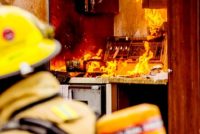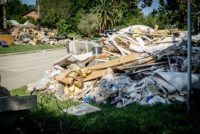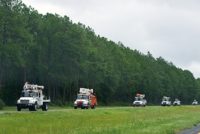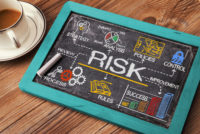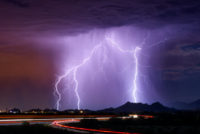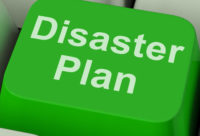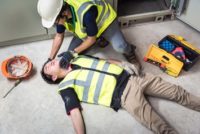To accompany their article, University of Southern California Price School of Public Policy’s online Executive Master of Urban Planning program put together an infographic that takes a look at some longitudinal data regarding wildfire intensity and severity. In accordance with these increases, the data highlight the exponential increase in the cost to fight each fire, […]
After a natural disaster, you may be dealing with a lot of debris at your facility, whether it be generated from damage to the buildings themselves or to the property surrounding them—and cleanup is costly and time consuming. The EPA has reissued its debris guide that places stronger emphasis on pre-incident planning for disaster-related waste […]
Hurricanes present wide-ranging hazards for facility managers and their teams to navigate during and after they strike populated areas and critical infrastructures.
In the 20+ years I have been engaged in helping organizations develop and maintain their risk management framework, I have come to understand that risk assessment is the backbone.
Disasters are, for the most part, unpredictable, but there are steps that you can take that will improve your chances to survive and get back in business faster. Some of these measures require purchases while others can be completed in-house with the staff and materials at hand.
The best time to reevaluate (or create) your disaster plan is before an emergency occurs. You never know when a disaster will strike and how it will affect your facility. The key is to be prepared, and the best way to be prepared is to periodically review, reevaluate, and appropriately adapt or change your plan.
Red Ball Drills® are a unique emergency preparedness method that make real-time training more productive and less traumatic. While it is primarily associated with active shooter training, its uses can extend into many areas of facilities management—a “red ball” can signify any preparedness situation, from equipment failure to natural disasters to physical or cybersecurity threats.
Flood water, whether due to natural causes or infrastructure failure can have catastrophic effects when it comes to electrically powered equipment and appliances. It is always best to contact your supplier for proper procedures, but these tips can help you evaluate damaged electronics.
Facility managers, or someone on their facilities team, are often designated by their organizations as first aid providers in case of an emergency. As such, you’ll likely find yourself (and your team) required to undergo first aid and CPR training. While that first aid training is indispensable, it turns out that designated first aid/CPR providers […]
Every facility needs to have an adequate fire prevention and preparedness strategy. This is especially true for facilities with warehouses on site, where facility managers need a unique strategy depending on the types of products or materials that are stored on site. These concerns were on attendees’ minds in the standing-room-only crowd for Tim Dietz’s […]

